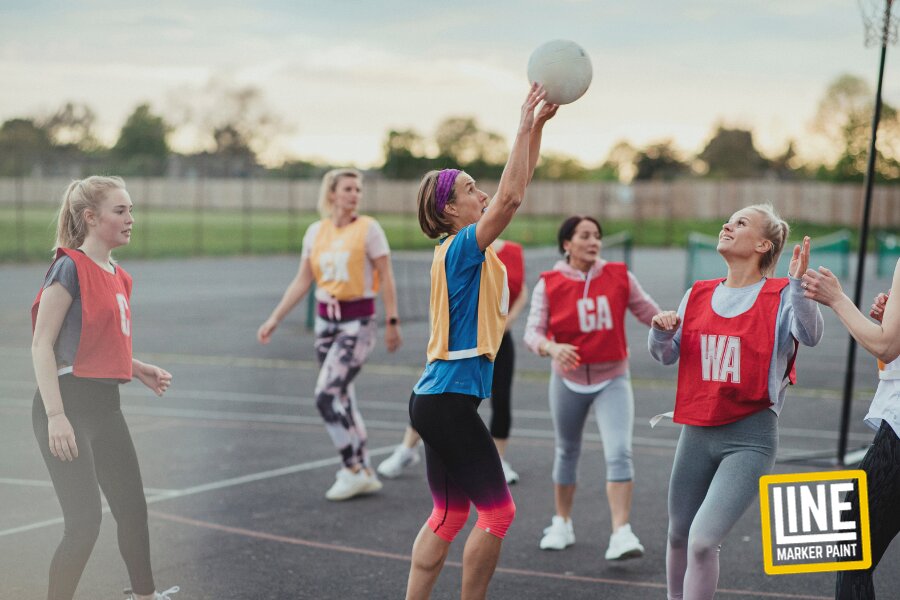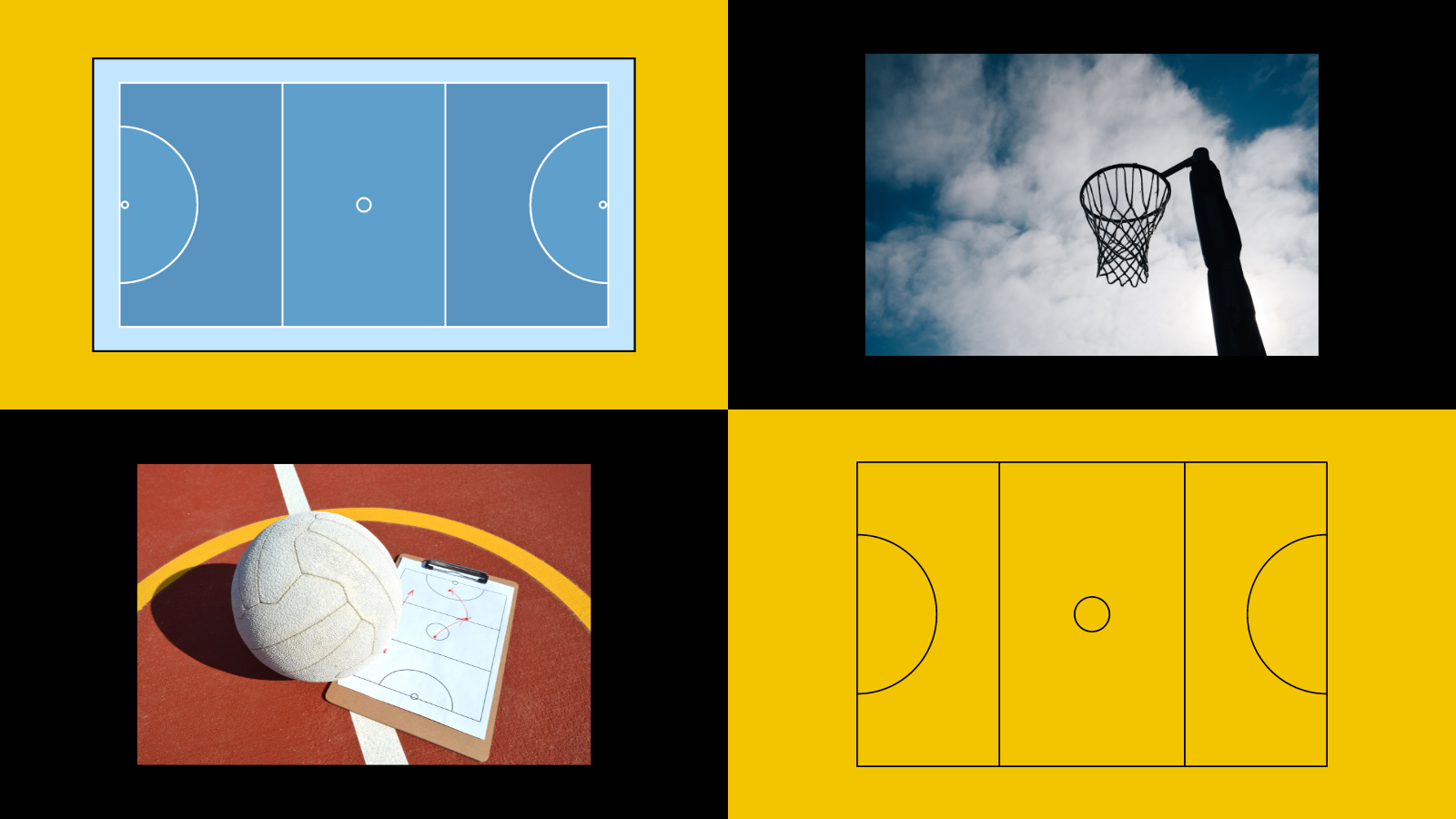The Dimensions of a Netball Court

INTRODUCTION:
A widespread misconception regarding the origins of netball is that it was made to stop women from playing basketball. However, it is actually wrong. Although both sports are fast-paced team sports that require players to pass, shoot, and defend, the two indeed have distinct differences. Similar to basketball, netball was invented in the late 19th century, but it was specifically designed for women to play, only because US sports teacher Clara Gregory Baer misinterpreted the rules of basketball and created a modified version for women in 1985.
Netball is recognised as an exhilarating and strategic sport that has gained widespread popularity. It has since evolved into a popular sport played internationally, particularly in Commonwealth countries. Teams from countries like Australia, New Zealand, England, Jamaica, and South Africa have consistently showcased their outstanding abilities on the netball court in various international tournaments.
OVERALL DIMENSIONS:
From precise passes to strategic interceptions on the netball court, every netball match showcases the remarkable skills and agility of skilled players. In netball, teams are allowed a maximum of three consecutive passes before they must tactically shoot the ball in the opposing team's shooting circle. This dynamic game involves seven players on each side, each playing a vital role in the match through a combination of passes, interceptions, and successful shots.
A team can have seven players on the field, each assigned to a particular position that confines their movements to a specific court area, measuring 30.5 metres in length and 15.25 metres in width. In the attacking shooting circle, only two positions are allowed, enabling them to attempt goals. The goal circle is a 4.9-metre-radius semicircle with its centre at the goal line's midpoint. On a standard netball court, all line widths are 50 millimetres (2 inches).
Apart from the two shooting circles, there is also a centre circle on a netball court. The centre circle has a radius of 0.9 metres. By means of two transverse lines, the court is further divided into thirds. Each of the three equal sections is 10.167 metres wide. The two lines also serve as boundaries for each team's designated area. The players other than the goal shooter and the goal attack are limited to two-thirds of the court. Except for the center, this position has the freedom to move anywhere on the court except the shooting circles.

SIDELINES:
As mentioned above, a netball court measures 30.5 metres in length from baseline to baseline, marking the outer boundaries of the court. Similar to other indoor courts, a netball court must have run-off zones that allow players to safely move around the court without interfering with the game. There must not be any obstacles, and the run-off zones should be at least 3.05 metres wide and made of the same material as the court surface.
Estimation: With a standard Zebra hard surface line marking machine, approximately 0.24 litres of paint would be needed for two sidelines.
BASELINES:
The baselines are located at the ends of the court and serve as the boundaries for the length of the court. They are parallel to each other and measure 15.25 metres in length. A baseline is usually painted with a contrasting colour to clearly distinguish it from the rest of the court. This helps players and officials easily identify the boundaries during gameplay.
Estimation: With a standard Zebra hard surface line marking machine, approximately 0.12 litres of paint would be needed for two baselines.
COURT THIRD LINES:
The two lines are parallel to the baselines and equally segment a netball court into three equal thirds. These lines are used to divide the court for specific gameplay purposes, as netball has strict rules that require players to stay within their designated thirds. The lines are both 15.25 metres long.
Estimation: With a standard Zebra hard surface line marking machine, approximately 0.12 litres of paint would be needed for the two lines.
CIRCLES:
The two attacking semicircles are both located within the goal thirds, with a radius of 4.9 metres. This would account for a total of 30.79 metres in length. The centre circle, however, measures a diameter of 0.9 metres, leading to a circumference of 2.83 metres.
Estimation: With a standard Zebra hard surface line marking machine, approximately 0.13 litres of paint would be needed for the three circles.
MARKING THE LINE:
Line Marker Paint takes pride in offering a varied range of products specifically designed to meticulously mark hard sports courts. The Zebra Line Marking System stands out as a preferred option in our lineup of line marking tools and paints. Professionals from various industries trust the line marking system. What sets this system apart is its distinctive paint formula, known for having a greater concentration of pigment solids compared to other products on the market. This exceptional feature enables it to create accurate lines, making it an ideal selection for diverse hard surfaces like netball courts, industrial floors, and car parks.
Typically, it is suggested that a standard netball court needs a maximum of 0.76 litres of paint, which provides coverage for a distance of 189 metres. We recommend using our recently developed line marking paint calculator for a more accurate estimate tailored to your court dimensions. If you need professional assistance with your line marking project, our team of experts is available to provide guidance. Feel free to reach out to us via phone or through Live Chat - we're here to help!
